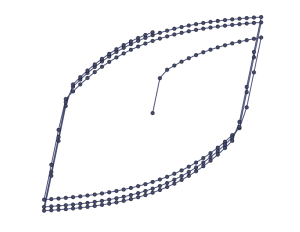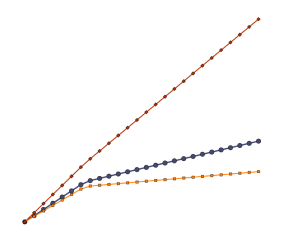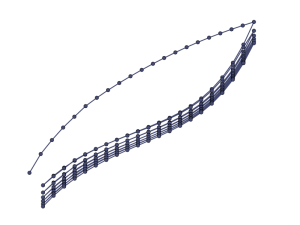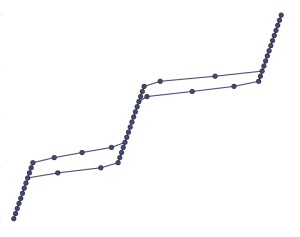The material collection provided by Z-mat is one of the richest on the market. The various formulations allow the user to work with constitutive equations specifically developed for a large number of material classes and validated for automotive, aerospace, geology or medical applications.
A unique feature of Z-mat, linked to the modular C++ structure of the library, is the fact that new models can be built by users by combining elementary models, in order to tailor their own material model.
metals
steel
cast iron
aluminum alloys
intermetallics
superalloys
single crystals
thermal dependence
strain rate dependence
viscous effect
plasticity
Chaboche model
creep, relaxation, recovery
anisotropy
ratcheting
hardening (isotropic, kinematic & cyclic)
Portevin – Le Chatelier effect
fatigue
static aging
dynamic strain aging
crystal plasticity
strain memory effect
twinning effect

composite materials
organic matrix
metallic matrix
ceramic matrix
architectured materials
nanomaterials
softening
anisotropy
damage models
delamination
multiscale
TFA
homogenization
FE2
multiphase
phase fields

polymers
foams
rubber
hyper-elasticity
finite strain
Mullins effect
viscosity
strain rate dependency

smart materials
shape memory alloys
Cosserat
shape memory effect
superelasticity
phase transformation
